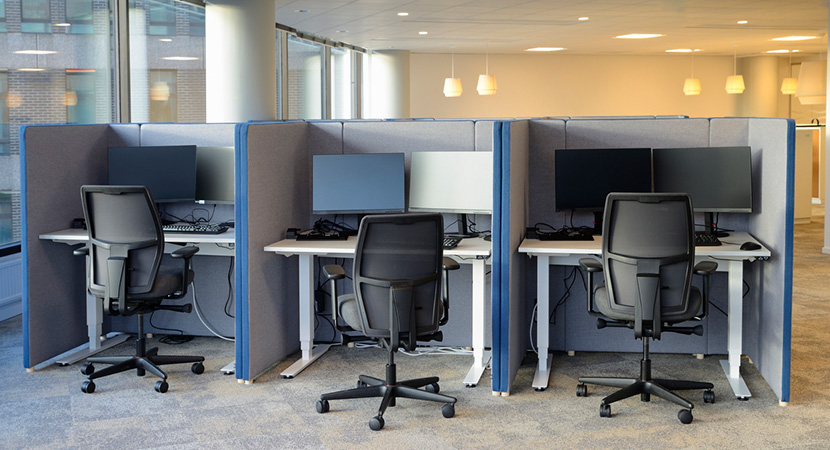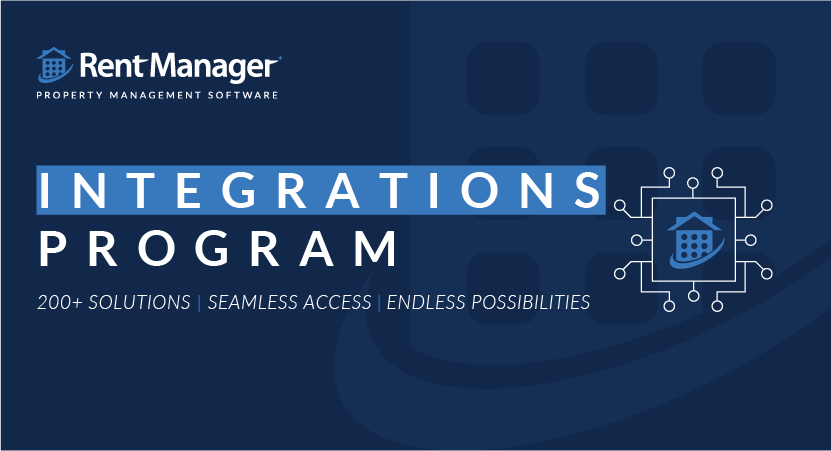The pandemic taught us many things—new ways to connect with loved ones; how to throw a drive-by birthday party; that toilet paper is a precious commodity; and having a remote workforce is possible. That final lesson had a lasting effect on the commercial real estate (CRE) industry.
Millions of people working from home, rather than the office, during the peak of COVID was a seismic shift for employees around the world. Post-pandemic, some companies have revised their work-from-home policies and are requiring staff to return to the office full-time. However, many organizations are still trying to determine the best hybrid work solution to allow personnel to work from home and in the office. All of which is encouraging news for the commercial real estate sector.
Lasting Effect on Commercial Real Estate
The introduction of remote and hybrid work models changed commercial real estate for decades to come. With fewer people in the office on a daily basis (attendance is 30 percent below pre-pandemic norms), companies are paying rent and utilities for spaces that aren’t being fully utilized. Owners of office buildings are dealing with decreased valuations—expenses involved in maintaining unused properties—and significant challenges related to refinancing commercial real estate loans. Further, restaurants and retail spaces are still dealing with a decline in customer traffic and, in some cases, have closed for good.
With companies embracing hybrid work models, it’s vital for the CRE industry to follow suit. One solution is for office complexes to incorporate attractive amenities that entice hybrid employees to come into work—resources including childcare and fitness facilities. Any opportunity to help make life easier for workers is a step in the right direction. Another solution is to find inventive ways to use vacant commercial space. Mixed-use neighborhoods are a popular trend across the United States. These communities consist of office, residential, and retail spaces in one area, allowing residents access to goods and services in a walkable area. Repurposing office buildings is a creative approach that has proven to be successful as well.
Alternative Uses for Commercial Spaces
When it comes to today’s real estate scene, “One man’s junk is another man’s treasure.” This figure of speech is certainly the case for many colleges and universities as institutions transform old buildings into campuses for their students. As the value of these structures decreases, schools are purchasing them at bargain rates—even if there is no immediate plan for use. Acquiring these properties not only benefits the institutions, but also the surrounding areas that were negatively affected by the vacancies.
A particularly unique use of empty CRE space is to convert it for film and television production. With an increased demand for genuine set locations, an unused building can be the perfect setting for the next blockbuster film or binge-worthy show. Further, these spaces are easier to manage and a great way to earn extra revenue.
A more obvious, built-for-purpose solution is to create a timeshare for businesses that need space. Regardless of the work model, companies occasionally need to hold in-person meetings. Providing part-time office space where those gatherings can take place gives the property a renewed purpose and a steady income stream. As organizations become more creative with their work environments, the challenge to convert vacant spaces has the potential to turn into a great opportunity.
Commercial Real Estate Software Solution
As you continue to adapt to changes in the industry, there is a commercial real estate management solution available to help streamline the process. Rent Manager’s customizable features can assist with all your commercial management needs—from CAM schedules and reconciliations to lease administration and charge escalations and more. And when your employees are in the field—working on brilliant new ways to repurpose available CRE inventory—the rmAppSuite Pro mobile app enables them to take the software wherever they work on an given day.
Conclusion
It’s pretty clear that the hybrid work model has permanently changed the commercial real estate industry. However, where there is change, there is also opportunity. When implemented correctly, hybrid work can provide the precise balance of flexibility that employees desire and the productivity that companies require. Finding ways to embrace these changes, identifying innovative solutions for unused spaces, and utilizing the right tools to maximize your opportunities are the keys to future success.
 Register for RMUC.25
Register for RMUC.25





